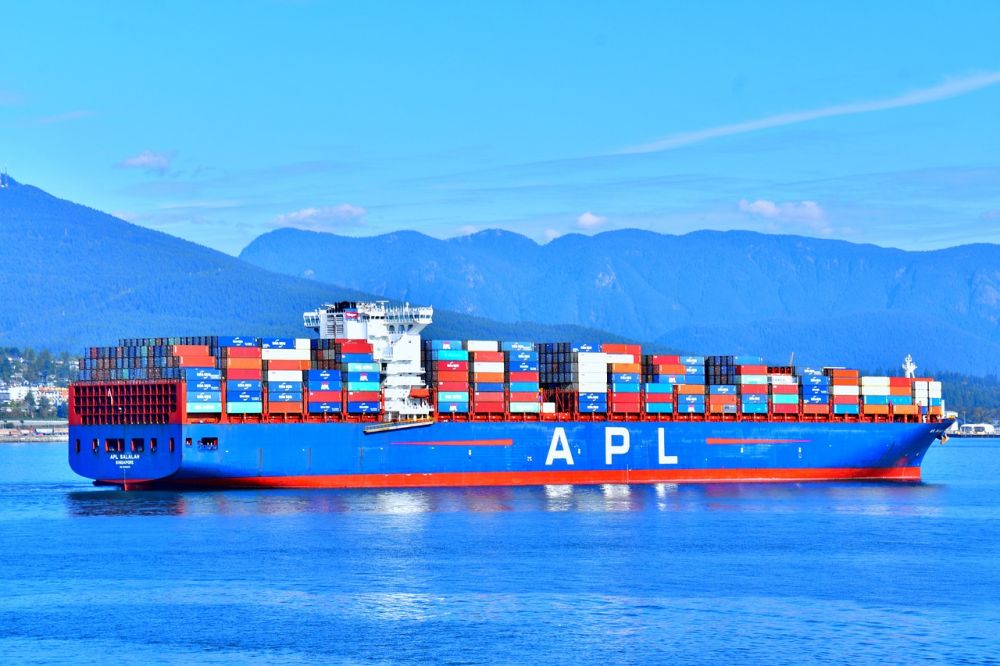The Importance of Supply: A Detailed Look at Its Historical Evolution

Introduction: Understanding the fundamentals of supply and its significance
When discussing economics and business operations, it is impossible to overlook the crucial concept of supply. In essence, supply refers to the total quantity of goods and services that businesses are willing and able to provide to the market at a given price and period. It drives the intricate dynamics between producers, consumers, and market equilibrium. Whether you are a business owner, a budding entrepreneur, or simply interested in understanding the underlying factors shaping our economy, grasping the fundamentals of supply is essential. This article aims to provide an in-depth exploration of supply, its historical evolution, and its relevance in today’s world.
The Historical Evolution of Supply: From Ancient Trading to Modern Logistics
Supply has played a pivotal role in human civilization since trade and commerce emerged as the foundation of economic systems. From barter economies to the complex networks of global supply chains, the concept of supply has evolved tremendously over time. Let us delve into a brief historical overview of its journey:
1. Ancient Trade:

– In early civilizations, supply was intricately linked to the availability of resources within regional boundaries.
– Commodities like grains, metals, and livestock were predominantly exchanged through a localized supply network.
– Trade routes, such as the Silk Road and the Mediterranean Sea trade, expanded supply beyond borders.
2. Industrial Revolution:
– The advent of mechanization during the Industrial Revolution revolutionized supply.
– Mass production methods enabled businesses to meet rising consumer demand on a larger scale.
– Supply chains extended beyond local markets, requiring efficient transportation and distribution systems.
3. Post-War Globalization:
– The aftermath of World War II saw a surge in international trade, heralding a new era for supply.
– Technological advancements, such as containerization and air transport, facilitated global supply networks.
– Multinational corporations emerged, optimizing supply processes to cater to diverse markets.
4. Digital Era and E-commerce:
– The rise of the internet and e-commerce platforms redefined supply dynamics.
– Online marketplaces offered unprecedented access to global suppliers, expanding consumer choices.
– Supply chain management systems and analytics enabled real-time tracking and optimization of supply routes.
The Impact of Supply: Economics, Pricing, and Market Equilibrium
Supply is a fundamental determinant of market dynamics, shaping pricing strategies and market equilibrium. Understanding its significance is crucial for individuals and businesses alike. Here are some key aspects to consider:
1. Supply and Demand Interaction:
– The interplay between supply and demand determines market prices.
– When supply exceeds demand, prices tend to decrease, leading to surplus.
– Conversely, when demand outstrips supply, prices rise, indicating scarcity.
2. Elasticity of Supply:
– The elasticity of supply measures the responsiveness of quantity supplied to changes in price.
– Elastic supply indicates a substantial change in supply in response to price fluctuations.
– Inelastic supply suggests limited changes in supply, even with significant price changes.
3. Factors Influencing Supply:
– Various factors impact supply, including production costs, technological advancements, and government regulations.
– Shifts in these factors affect the overall supply curve, leading to changes in market dynamics.
4. Supply Chain Management:
– An efficient supply chain management system ensures the smooth flow of goods from producers to consumers.
– Effective inventory management, transportation logistics, and communication networks optimize supply processes.
Featured Snippet Optimization: Structuring the Text for Improved Visibility
To enhance the likelihood of this article appearing as a featured snippet on Google searches, a strategic structuring of the content is necessary. Employing heading tags, bulleted points, and relevant key phrases can increase the chances of obtaining this coveted status. The following outlines the suggested structure:
Introduction: Understanding the fundamentals of supply and its significance
The Historical Evolution of Supply: From Ancient Trading to Modern Logistics
– Ancient Trade
– Industrial Revolution
– Post-War Globalization
– Digital Era and E-commerce
The Impact of Supply: Economics, Pricing, and Market Equilibrium
– Supply and Demand Interaction
– Elasticity of Supply
– Factors Influencing Supply
– Supply Chain Management
– Introduce a relevant video discussing the nuances of supply]
Conclusion: The Enduring Significance of Supply in Today’s World
In conclusion, supply remains a pivotal aspect of modern economies, influencing pricing, market equilibrium, and business operations. Its historical evolution reflects the progress of human civilization, from localized trade to interconnected global supply chains. By understanding supply’s intricacies, individuals and businesses can navigate the complexities of today’s markets and make informed decisions. Whether you are seeking to optimize supply chain management or comprehend pricing strategies, the knowledge of supply is essential to thrive in a constantly evolving economic landscape.





